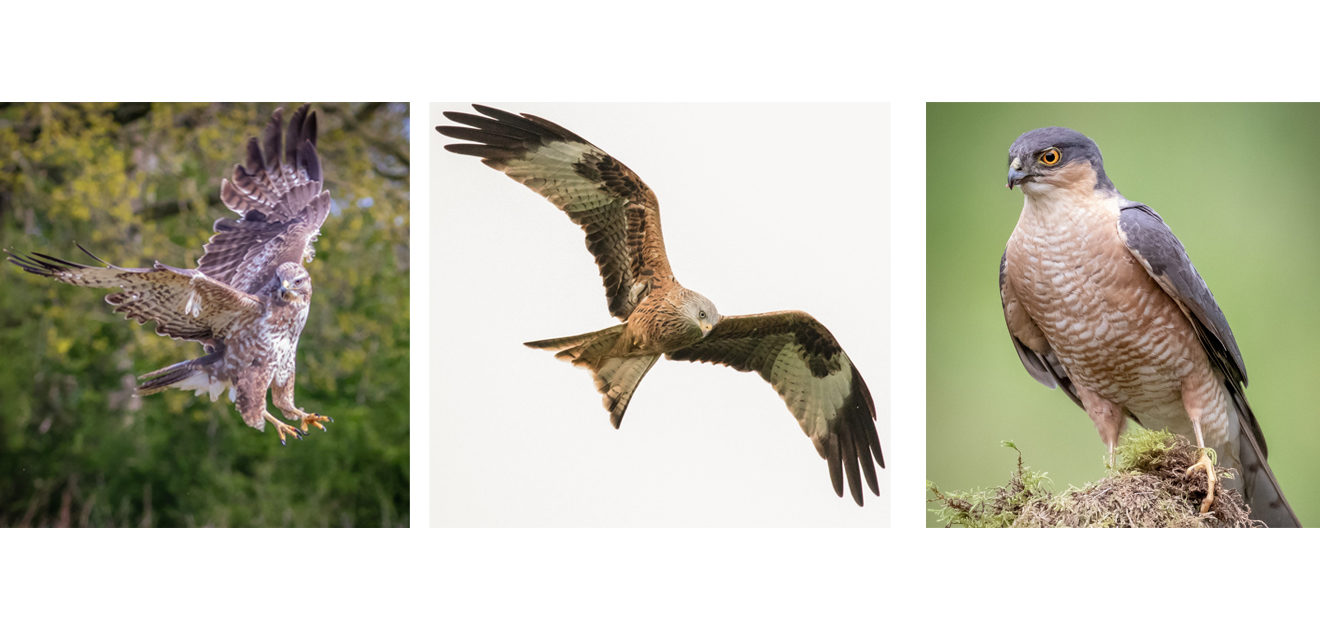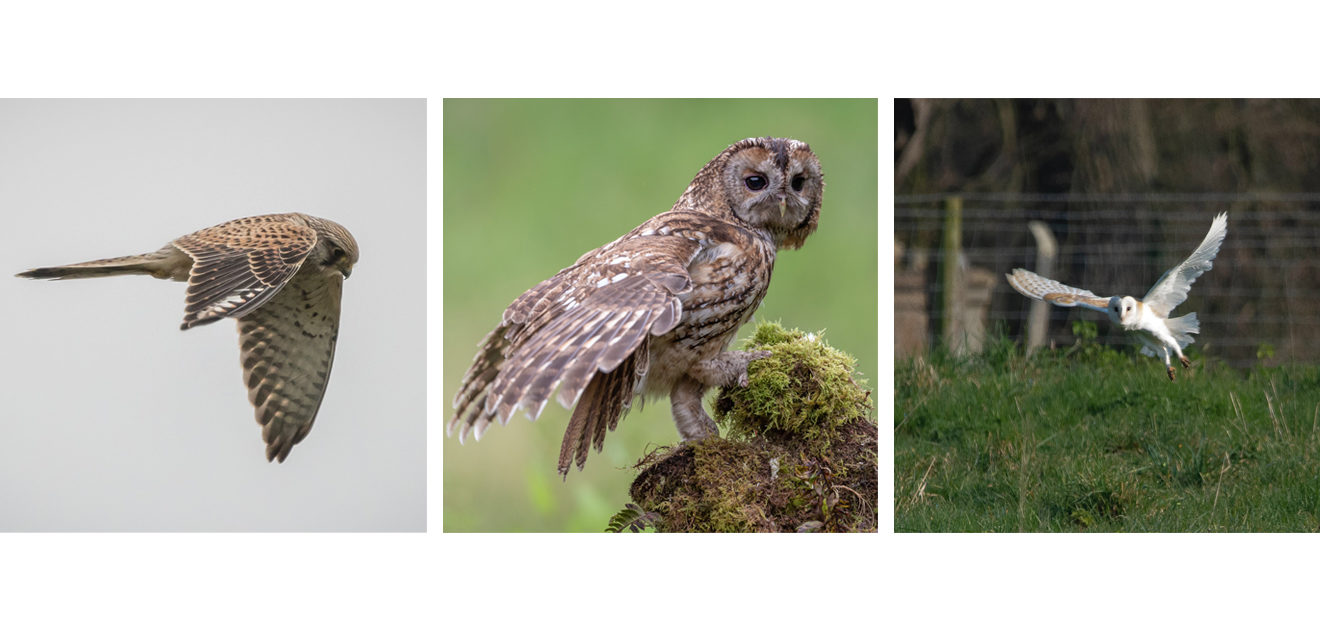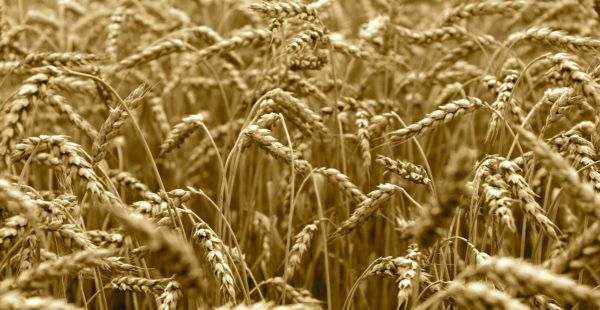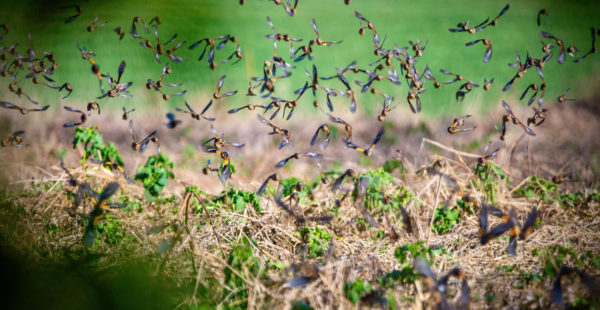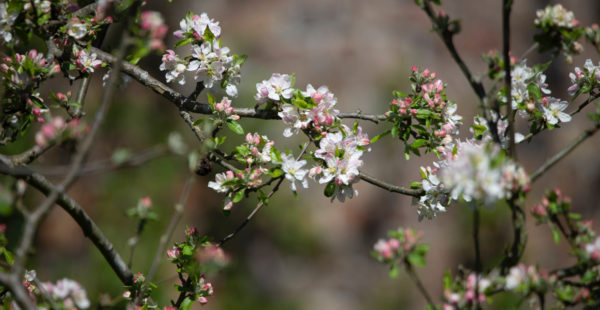Biodiversity in Action: a Roll Call of Raptors
Our organic, regenerative and rewilding measures are good news for local wildlife. Take a walk around South Ormsby Estate with your eyes peeled and you’re sure to spot some of the charismatic birds of prey making the most of a healthy natural food chain.
This inspired us to put together a brief guide to our local raptors. Take your binoculars next time you head out on our trails and let us know what you find, particularly if you see something rare.
BUZZARD
The buzzard (buteo buteo) is an increasingly common sight in our region, distinguished by its 1.3m wingspan, its stocky build and its graceful, shallow V-profile as it rides the thermals. Surprisingly, given its size, the buzzard’s call is a dainty, feline mew, and it can hover like a kestrel, albeit with slower wingbeats. The buzzard is a great opportunist, happily taking carrion or worms as well as hunting small birds and mammals.
During the first half of the 20th-century, the buzzard was all but wiped out in eastern England. Gamekeepers eventually came to appreciate that the buzzard poses little threat to game species, but a brief post-war resurgence was thwarted by myxomatosis in the 1950s, which removed rabbits from the food chain, and the use of new pesticides in the 1960s. The buzzard has rallied well in the last few generations and there may be around 80,000 pairs in the UK.
RED KITE
The red kite (Milvus milvus) is a large and handsome bird of prey with a 2m wingspan, angled wings and forked tail. Once widely persecuted and confined to parts of Wales, it was saved from extinction in the UK by one of the world’s most persistent protection initiatives.
Now thriving, with a breeding population of around 4,000 pairs, the red kite is expanding its range year on year and is familiar in Wales, eastern and central England and south-west Scotland. Feeding mainly on carrion and worms, and occasionally predating small mammals, kites compete with their closest rival, the buzzard.

